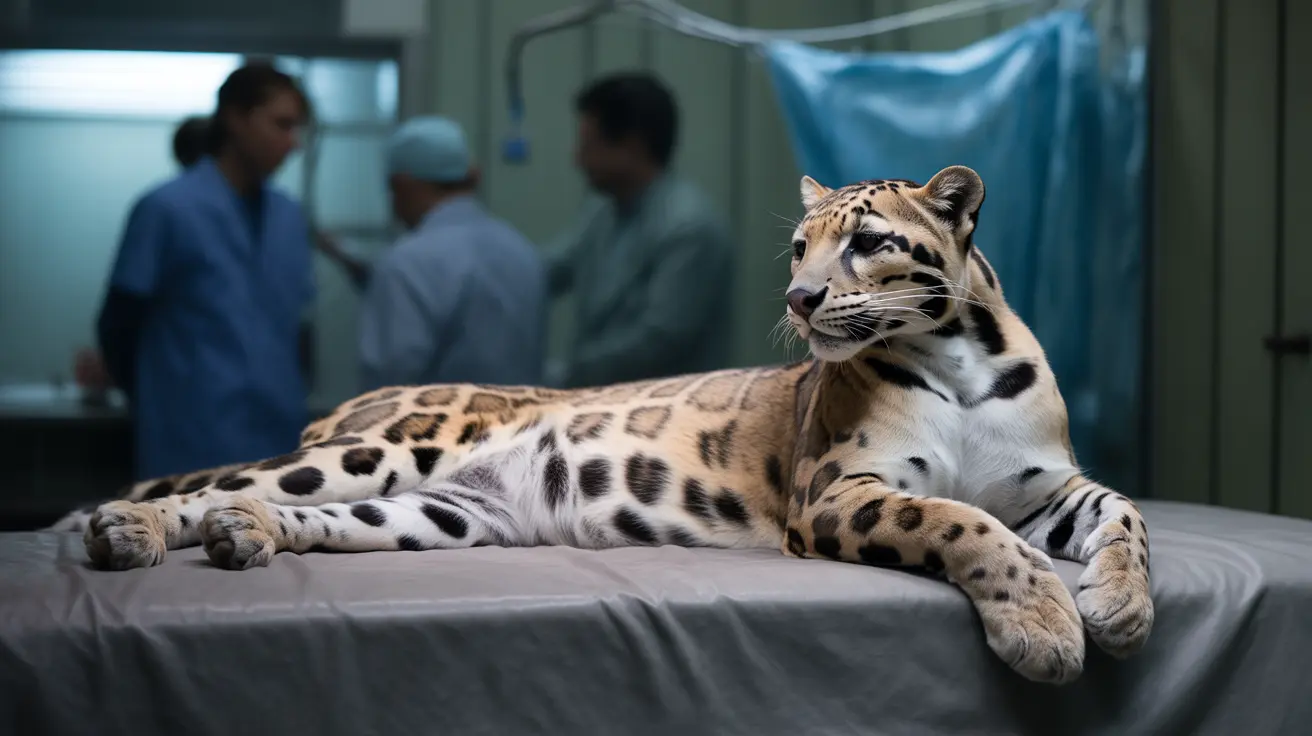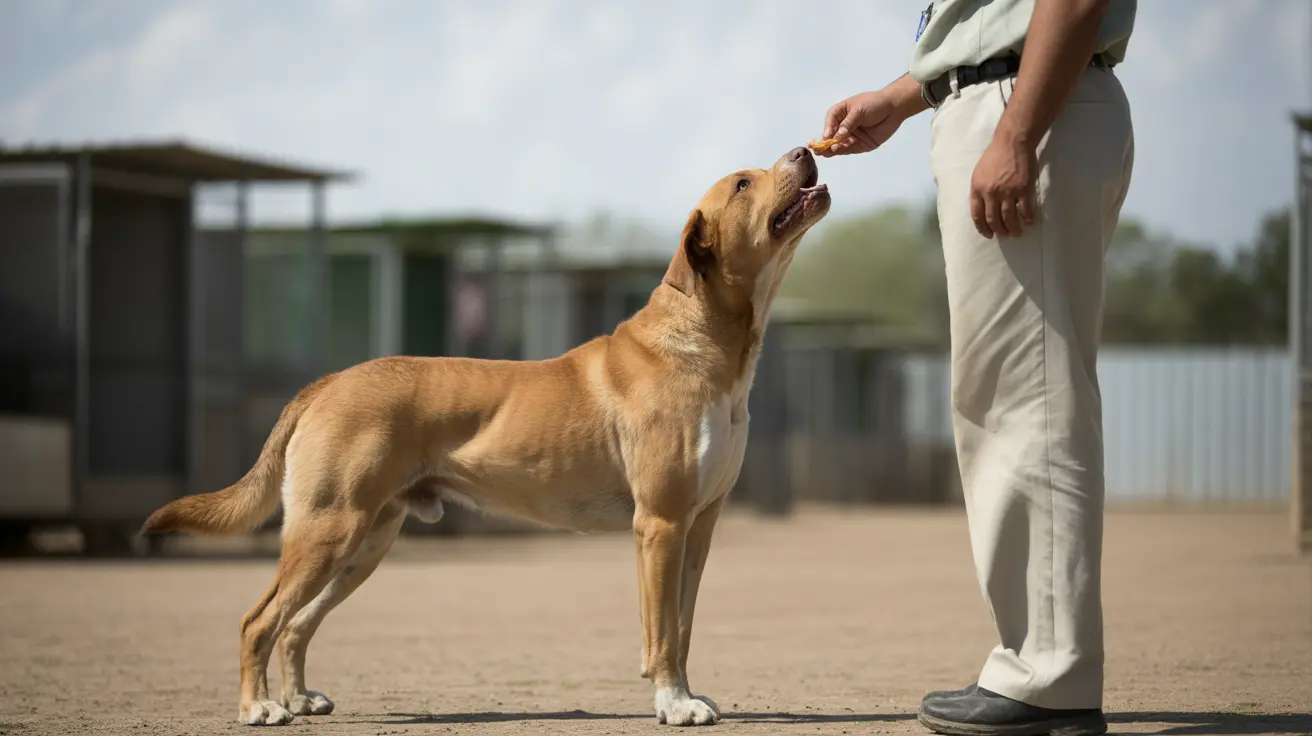Essential Storage Container Solutions
The first line of defense in preserving dry cat food freshness is choosing the right storage container. Airtight containers made from food-grade materials are ideal, but there's a crucial detail many pet owners overlook: keeping the original bag inside the container.
The original packaging is specifically designed with protective barriers against moisture, air, and light. By placing the entire bag in an airtight container, you create a dual-protection system that maximizes freshness while maintaining access to important product information.
Location and Environmental Factors
Where you store your cat's food is just as important as how you store it. The ideal storage location should maintain a consistent temperature below 80°F (26°C) and have low humidity levels. A pantry or kitchen cabinet away from appliances works well.
- Garages (temperature fluctuations)
- Bathrooms (high humidity)
- Near heating vents or sunny windows
- Basement floors (moisture risks)
Best Practices for Daily Handling
Every time you handle your cat's food, you're affecting its freshness. Follow these daily practices:
- Seal the bag tightly after each use
- Use a dedicated scoop to prevent contamination
- Close the container immediately after dispensing
- Never mix old and new food in the storage container
Signs of Spoilage to Watch For
Even with proper storage, it's essential to monitor your cat's food for signs of spoilage:
- Unusual or rancid odors
- Visible mold growth
- Changes in kibble texture or appearance
- Presence of insects or pests
- Clumping due to moisture exposure
Frequently Asked Questions
What is the best way to store dry cat food to keep it fresh and safe for my pet?
Store dry cat food in its original bag placed inside an airtight container in a cool, dry place. This method preserves freshness while maintaining access to important product information.
Should I keep dry cat food in its original bag or transfer it to an airtight container?
Keep the food in its original bag and place the entire bag inside an airtight container. The original packaging provides specialized protection, while the container adds an extra barrier against air and moisture.
Where is the ideal place in my home to store dry cat food to prevent spoilage and contamination?
Store dry cat food in a cool, dry place like a pantry or kitchen cabinet, away from direct sunlight and heat sources. Maintain a consistent temperature below 80°F (26°C) with low humidity.
How long does dry cat food last after opening, and how can I tell if it has gone bad?
Properly stored dry cat food typically lasts 4-6 weeks after opening. Check for signs of spoilage such as unusual odors, mold, texture changes, or pest presence. Always check the manufacturer's "best by" date.
Are automatic pet feeders effective for keeping dry cat food fresh, and how do they work?
Quality automatic pet feeders with airtight compartments can help maintain freshness for shorter periods. However, they should be cleaned regularly and not filled with more food than your cat will consume within a few days.
Final Thoughts
Proper storage of dry cat food is a crucial aspect of pet care that directly impacts your cat's health and well-being. By following these guidelines, you can ensure your cat's food stays fresh, nutritious, and safe throughout its use. Remember that investing time in proper storage practices is an investment in your pet's health.






